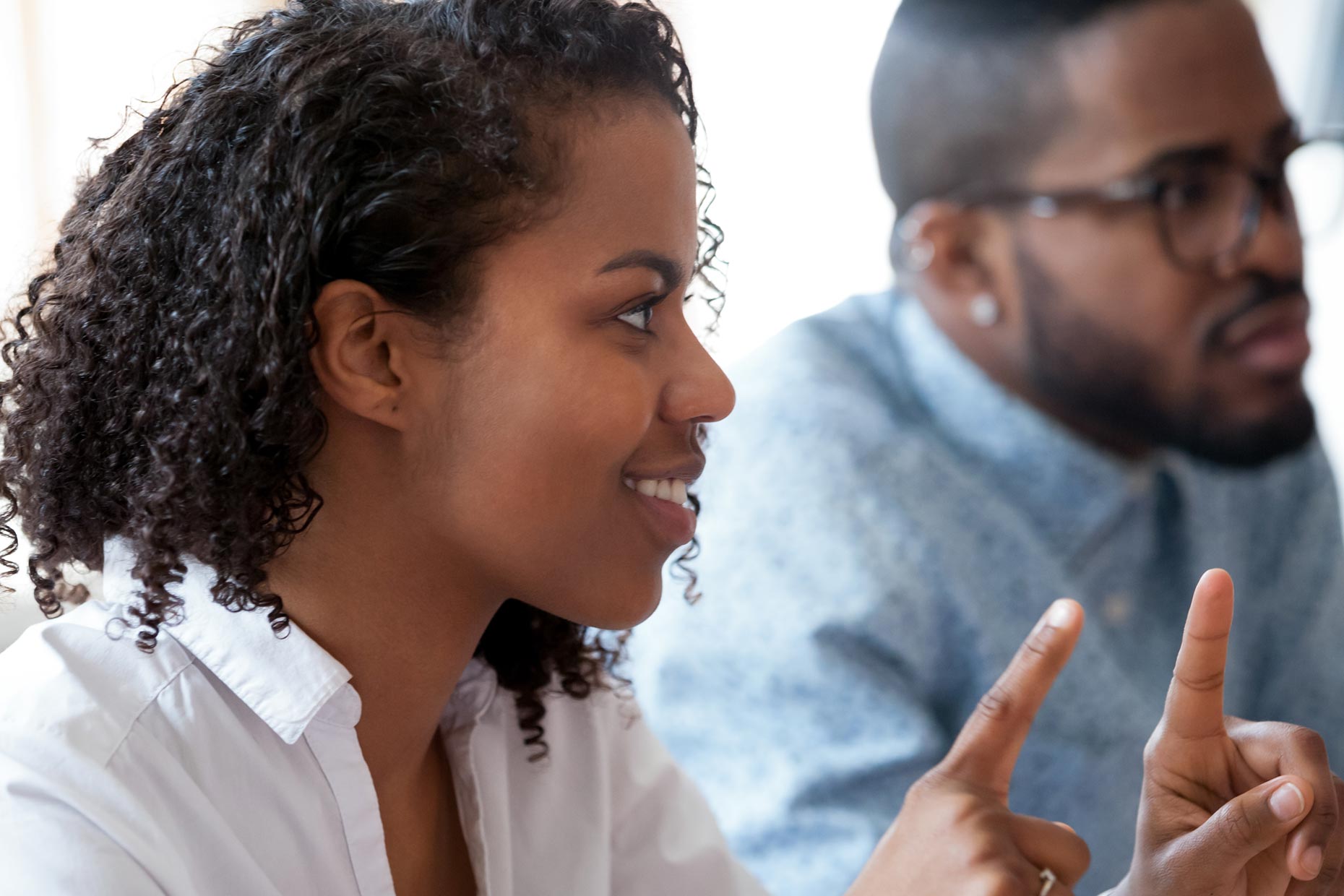
Maybe you’ve heard of it and maybe you haven’t, but one of the latest buzz phrases in marketing is “experiential marketing”. As the name suggests, experiential marketing is all about taking that face-to-face approach to the next level. This is done through the transformation of common events into standout experiences, which are then shareable on social media. So how can real estate brokers and agents use this to grow and market their business to a new generation of customers?
We’re all familiar with traditional marketing approaches like open houses or door knocking. These approaches are indeed personal and generate contact directly between you and potential prospects. Experiential marketing, however, takes that further by establishing more shareable experiences and more personal connections around your brokerage and your agents. In this way, people have an opportunity to get to know you and your brand in a less-salesy, more personal way. In the words of our founder Jim Weichert, “people buy you, before your products or services.”
For brokers and agents committed to a long-term career, experiential marketing can deliver both short and long-term results. Here’s a few ideas to get you started.
Creating Experiences for Your Clients & Partners
Almost any event you have sponsored in the past, such as an open house or seminar, can be upgraded to an experiential marketing event with a little extra work and thought. The experience you provide will vary, but the key is to make it fun, memorable, and shareable. Some events may not be tied to a specific home sale, but bringing visibility to your brand creates the opportunity for outreach in the future.
Educational Events
Most brokers have hosted educational events that allow you to showcase your real estate expertise in a more personal way than a blog post or postcard. Common events include first-time homebuyer classes, staging classes, and real estate investing classes. One way to make these events more experiential is to host them in more interesting places, like a local wine bar, or microbrewery, at an art gallery, or even inside a home you have listed. The key is to present a complete experience around the training, that is compelling enough to merit posting and sharing on social media. When creating these events, cost and creativity are your only limitations, but three words that help set the tone are: fun, food, and photo ops.
Events with Hyperlocal Focus
Events that allow you to mingle with local prospects and clients while indulging in local business are powerful for networking and making a positive impression. Some examples of hyperlocal events could include historic walking tours of your area, wine tasting tours, and “best of” restaurant tours. Organize a cleanup day at a local park and invite parents and kids. Rent an ice cream or food truck to coincide with a group door knocking event. Choose something you’re passionate about and that you feel your community will enjoy. Encourage people to take pictures and share their experiences on social media to get the maximum value out of your efforts.
Partner with Other Local Influencers
A way to host more compelling events and keep costs down is to partner with other local influencers or businesses. Host an event at the local animal shelter or pet adoption agency. If you’re marketing a 3 bedroom ranch in a family area, consider throwing a barbecue or partner with a local restaurant to cater an event for a local charity. An event catered by a beloved local hot dog shack will have just as much pull (maybe more) as a 4-star restaurant and give a sense of fun to the entire gathering. Or turn the tables and let your office be the host for a wine tasting, exhibit for local artists or holiday event like a pumpkin giveaway or trunk or treat.
Document the Journey as well as the Event
Don’t view the planning, brainstorming, and even the headaches of setting up your experience as things to hide. Instead use these as opportunities for photo ops to create content that will give you more mileage out of your event, such as pictures of the team setting up or your planning meetings. This way you can get a dozen or more pieces of content to publish across multiple channels for weeks, instead of just a single Instagram story published on the day of the event.
Remember that one of the key goals of experiential marketing is its ability to leverage the connections of all those involved by getting them to share on social media. Encourage all manner of photographs and selfies at your event and encourage attendees to post.
Staying Connected Online, Compliments the Experience
While these experiences and events are an opportunity for you to connect more deeply with your network offline, your social media strategy can enhance these connections even further. Post consistently in the lead-up to the event to build anticipation and use the phone and email to increase touch points as much as possible. At the event, have someone create content like live feeds and video that can be used later as well. Make sure your team will respond promptly to every comment and interaction on their social profiles.
It turns out that experiential marketing leverages some of the things that real estate professionals do best: being friendly and being organized.
Experiential marketing ties directly into the Weichert philosophy of the personal connection in real estate as first practiced by founder Jim Weichert, handing out business cards twice a day in a Chatham, NJ train station.
But the experience we most often create at Weichert, is one of success.
For more information on becoming a Weichert franchise, visit www.weichertfranchise.com.
